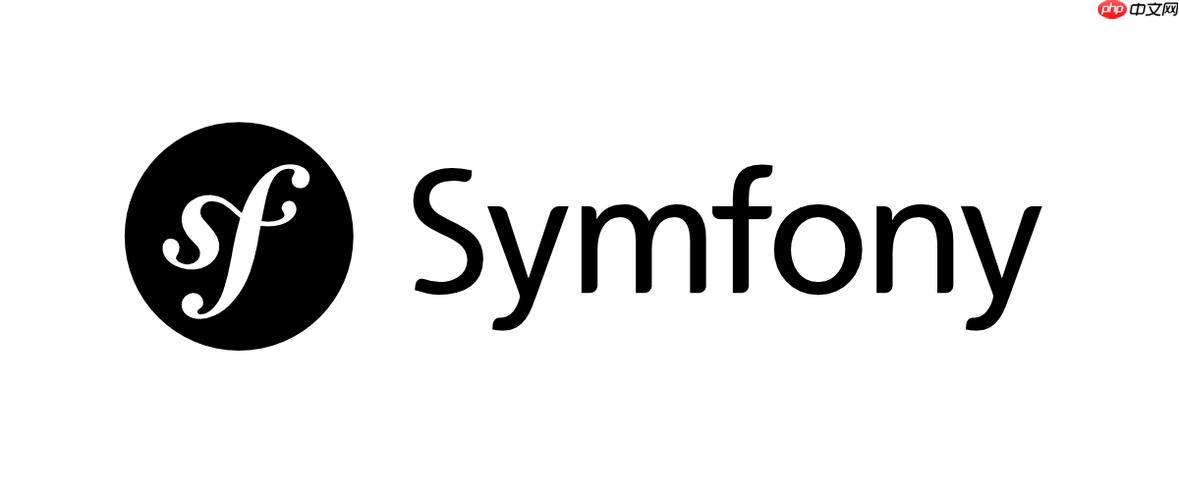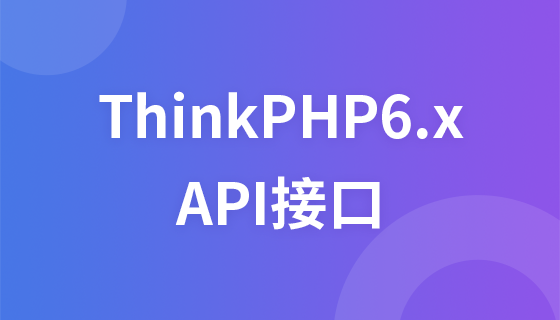要将 symfony 中的 orm 实体转换为数组,核心是利用 doctrine 的 classmetadata 提取字段和关联信息并递归处理。1. 通过 entitymanager 获取实体的 classmetadata 对象;2. 使用 getfieldnames() 获取字段名,并通过 getfieldvalue() 获取对应值;3. 使用 getassociationmappings() 获取关联关系,对每个关联实体递归调用转换方法;4. 针对日期、json 等特殊字段类型进行格式化处理;5. 为避免循环依赖,可维护已处理实体的跟踪数组;6. 为提升性能,应优先使用 doctrine 的 objecthydrator 批量转换实体为数组,减少数据库查询;7. 可自定义字段名转换逻辑(如转为驼峰命名)或筛选特定字段以控制输出结构。最终通过组合元数据提取与递归转换,实现灵活高效的实体到数组映射,适用于 api 返回、导出等场景。

将 Symfony 中的 ORM 映射转换为数组,核心在于利用 Doctrine 的元数据信息,将其提取并组织成你需要的数组结构。这可以用于 API 接口的数据返回、数据导出,甚至用于动态表单的生成。
获取 EntityManager: 首先,你需要访问 Symfony 的 EntityManager,它是 Doctrine ORM 的核心,负责管理实体和数据库之间的交互。你可以通过依赖注入获取它。
use Doctrine\ORM\EntityManagerInterface;
class MyService
{
private $entityManager;
public function __construct(EntityManagerInterface $entityManager)
{
$this->entityManager = $entityManager;
}
public function convertEntityToArray($entity)
{
// ... 转换逻辑
}
}获取 ClassMetadata: 利用 EntityManager,你可以获取实体的 ClassMetadata 对象。这个对象包含了实体的所有元数据,包括字段、类型、关联关系等等。
$classMetadata = $this->entityManager->getClassMetadata(get_class($entity));
提取字段信息: ClassMetadata 提供了
getFieldNames()
getFieldValue()
$fieldNames = $classMetadata->getFieldNames();
$data = [];
foreach ($fieldNames as $fieldName) {
$data[$fieldName] = $classMetadata->getFieldValue($entity, $fieldName);
}处理关联关系: 如果你的实体有关联关系(例如 OneToOne, ManyToOne, OneToMany, ManyToMany),你需要递归地处理这些关联关系。你可以使用
getAssociationMappings()
$associationMappings = $classMetadata->getAssociationMappings();
foreach ($associationMappings as $associationName => $associationMapping) {
$associatedEntity = $classMetadata->getFieldValue($entity, $associationName);
if ($associatedEntity) {
// 递归调用 convertEntityToArray 处理关联实体
$data[$associationName] = $this->convertEntityToArray($associatedEntity);
} else {
$data[$associationName] = null; // 或者其他你希望的默认值
}
}完整代码示例:
use Doctrine\ORM\EntityManagerInterface;
class MyService
{
private $entityManager;
public function __construct(EntityManagerInterface $entityManager)
{
$this->entityManager = $entityManager;
}
public function convertEntityToArray($entity)
{
$classMetadata = $this->entityManager->getClassMetadata(get_class($entity));
$fieldNames = $classMetadata->getFieldNames();
$associationMappings = $classMetadata->getAssociationMappings();
$data = [];
foreach ($fieldNames as $fieldName) {
$data[$fieldName] = $classMetadata->getFieldValue($entity, $fieldName);
}
foreach ($associationMappings as $associationName => $associationMapping) {
$associatedEntity = $classMetadata->getFieldValue($entity, $associationName);
if ($associatedEntity) {
$data[$associationName] = $this->convertEntityToArray($associatedEntity);
} else {
$data[$associationName] = null;
}
}
return $data;
}
}不同类型的字段(例如日期、时间、JSON)可能需要不同的处理方式。对于日期和时间字段,你可以使用
format()
json_decode()
对于关联关系,你可能需要根据关联关系的类型(例如 OneToOne, ManyToOne, OneToMany, ManyToMany)采取不同的处理策略。例如,对于 OneToMany 关联关系,你可能需要遍历关联的实体集合,并将每个实体转换为数组。
另外,循环依赖也是一个需要注意的问题。如果两个实体之间存在循环依赖关系,递归调用
convertEntityToArray()
每次调用
getFieldValue()
Hydrator
Hydrator
首先,你需要创建一个
Hydrator
use Doctrine\ORM\Tools\Hydration\ObjectHydrator; $hydrator = new ObjectHydrator($this->entityManager);
然后,你可以使用
hydrate()
$data = $hydrator->hydrate(array($entity), get_class($entity)); $data = $data[0]; // Hydrator 返回一个数组,我们需要取出第一个元素
使用
Hydrator
Hydrator
有时候,你可能需要自定义数组的结构,例如,将字段名转换为驼峰命名法,或者只包含某些特定的字段。你可以在
convertEntityToArray()
例如,要将字段名转换为驼峰命名法,你可以使用
lcfirst()
str_replace()
function camelCase($string) {
$string = lcfirst(str_replace('_', ' ', $string));
return str_replace(' ', '', ucwords($string));
}
$data = [];
foreach ($fieldNames as $fieldName) {
$camelCaseFieldName = camelCase($fieldName);
$data[$camelCaseFieldName] = $classMetadata->getFieldValue($entity, $fieldName);
}通过自定义逻辑,你可以灵活地控制数组的结构,以满足不同的需求。
以上就是Symfony 怎样将ORM映射转为数组的详细内容,更多请关注php中文网其它相关文章!

每个人都需要一台速度更快、更稳定的 PC。随着时间的推移,垃圾文件、旧注册表数据和不必要的后台进程会占用资源并降低性能。幸运的是,许多工具可以让 Windows 保持平稳运行。




Copyright 2014-2025 https://www.php.cn/ All Rights Reserved | php.cn | 湘ICP备2023035733号